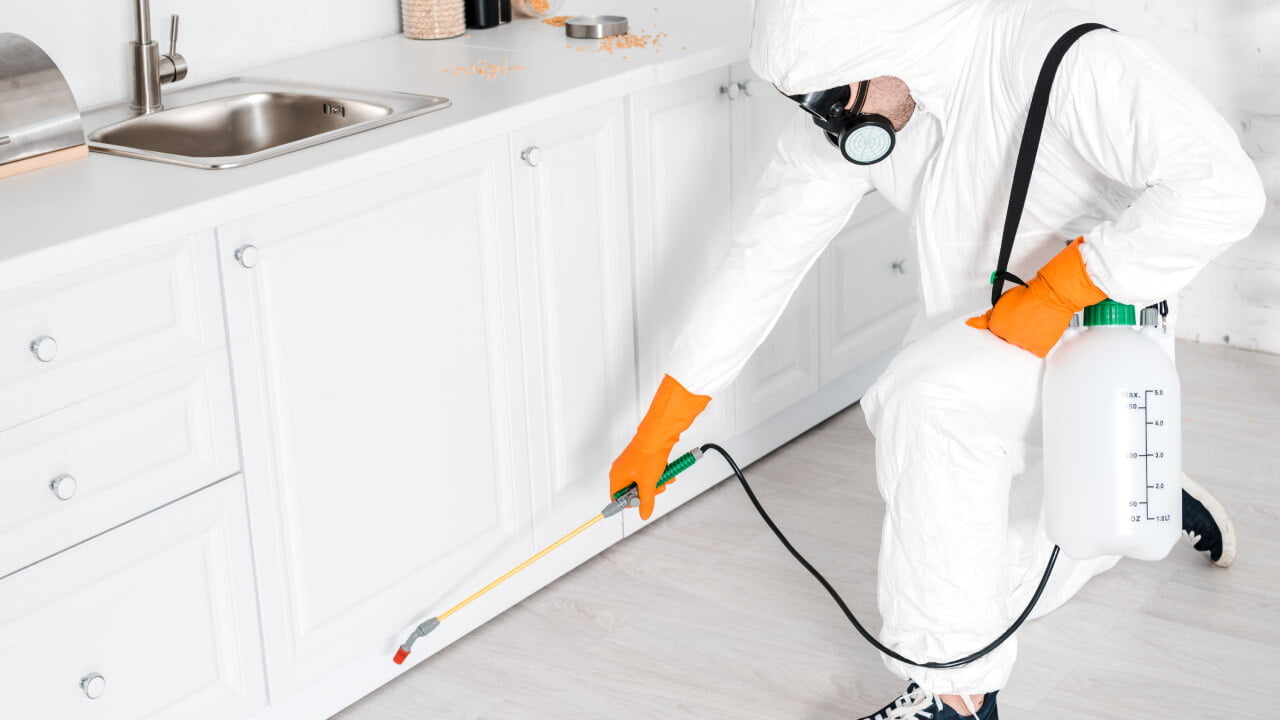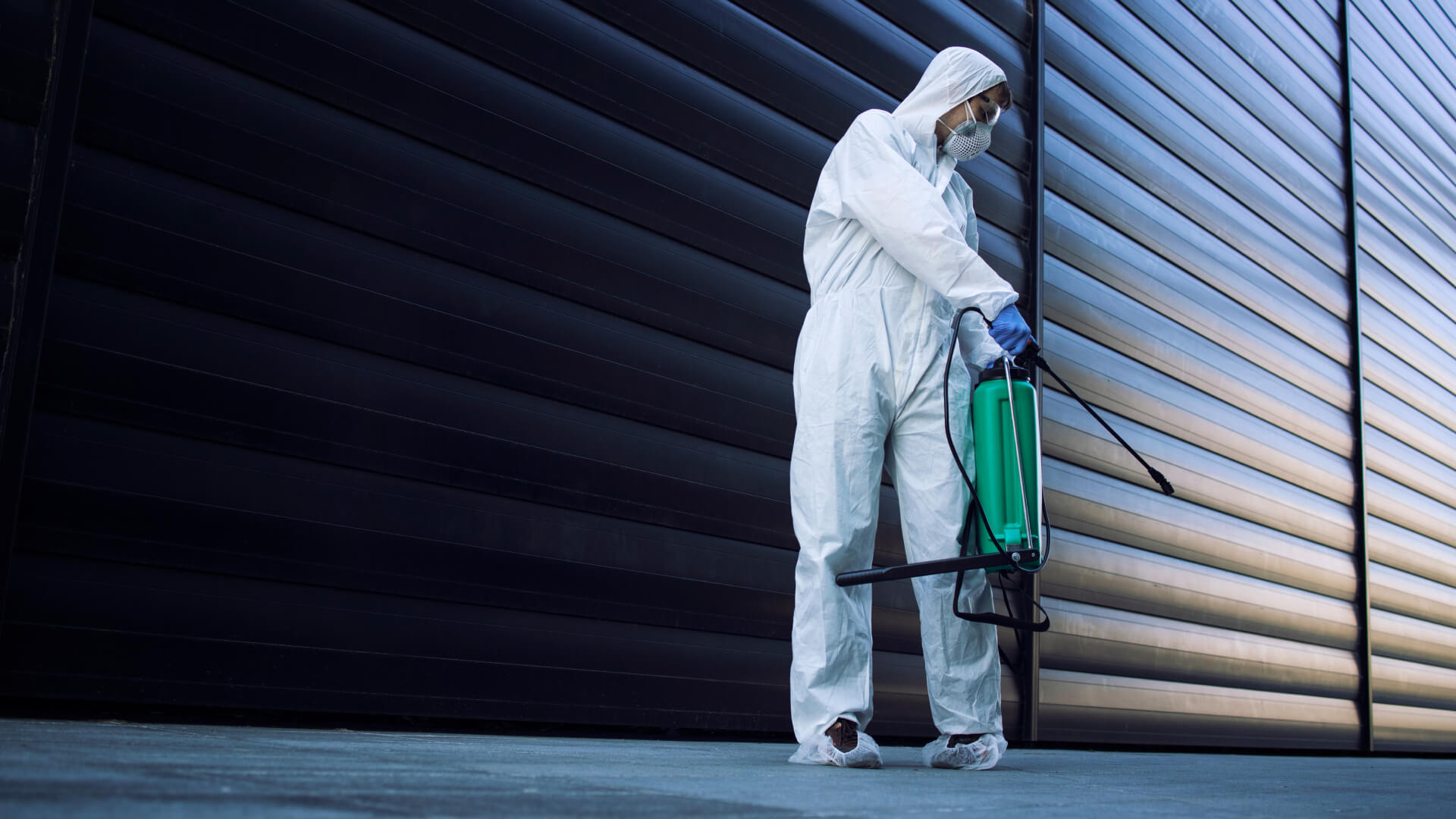How to Know if You Have Termites?

Unwanted guests can be a nightmare, especially when they’re tiny and have an insatiable appetite for your home. That’s right; we’re talking about termites – those sneaky little creatures that can wreak havoc on your property without you even knowing it!
If you should find termites in your home or a nest in your garden, do not disturb the termites and call a professional to treat the nest as soon as possible. If the termites become disturbed or exposed to light, they will leave the area to set up a nest elsewhere and start the damage all over again.
The different types of termites
Termites are fascinating creatures that come in various types. Understanding the different types of termites can help you identify them and take appropriate actions if needed.
1. Subterranean Termites: These termites live underground and build mud tubes to reach their food sources, usually wood. They are considered the most destructive type of termite and can cause significant damage to structures.
2. Drywood Termites: Unlike subterranean termites, drywood termites do not require contact with soil to survive. They infest dry wood structures such as furniture or framing timbers, making them harder to detect until the damage becomes evident.
3. Dampwood Termites: As their name suggests, dampwood termites thrive in moist environments like decaying wood or areas with water leaks. While they are less common compared to other types, they still pose a threat to wooden structures.
4. Formosan Termites: Known for their aggressive nature, formosan termites can quickly destroy properties by forming large colonies that consume vast amounts of wood within a short period. They are commonly found in warm and humid regions.
5. Conehead Termites: Conehead termites also create large colonies that can rapidly cause extensive damage to homes and buildings.
Awareness of these different termite species is crucial because it allows homeowners to recognise signs of an infestation early on and promptly seek professional assistance.
The signs of a termite infestation
One of the most important things to know about termites is to recognise the signs of an infestation. By identifying these signs early on, you can take prompt action and prevent further damage to your property.
One common sign of a termite infestation is the presence of swarmers or flying termites. These reproductive termites leave their nests, searching for a new place to establish a colony. If you notice swarms of winged insects around your home, especially near windows or doors, it could indicate that you have a termite problem.
Another telltale sign is the appearance of mud tubes. Subterranean termites build these tunnels as they travel between their colony and food sources. Look for narrow, muddy tubes running along walls, foundations, or other wooden structures.
You should also keep an eye out for hollow-sounding wood or sagging floors and ceilings. As termites feed on wood from the inside out, they weaken its structure over time. Tapping on a surface that sounds hollow or noticing any changes in floor level or ceiling shape may be due to termite activity.
Additionally, look for discarded wings near windowsills or other entry points. After swarmers find their new location for nesting, they shed their wings before starting a new colony. Finding piles of discarded wings is another clear indication of active termites nearby.
Keep an eye on frass – tiny particles resembling sawdust – indicating dry wood termite activity. Drywood termites create galleries within wood where they live and deposit fecal pellets known as frass outside these galleries.
Being aware of these signs will help you detect any potential termite issues early on and seek professional assistance if necessary.
Is there a way to reduce the risk of termites damaging my home?
There is no 100% guaranteed method to prevent termites from entering your home or property, but you can take measures to reduce the risks:
Never have garden beds built up against a home where they cover weep holes in the brickwork which will prevent the moisture from draining out.
- Don’t store any old timber against your home, fence or timber retaining walls.
- Consider termite-resistant building materials if constructing a new home.
- Termites love damp conditions, so fix damaged or leaking pipes that may cause damp conditions and ensure areas are well-ventilated.
- Have a professional termite inspection at least annually but more often if you are in an area considered high risk. Termites can enter a home anytime, so the sooner they are detected and treated, the better.
- Consider a termite barrier, either physical, chemical or bait stations, to provide your home with ongoing termite protection. If you have a barrier, ensure it remains undisturbed by major gardening or new building work.
Termites cause damage to properties in Australia every year, then fire, flood and storms combined, and the homeowner is solely responsible for the cost of fixing that damage. Prevent termites from eating away your investment, and get an annual termite inspection for your peace of mind.
Call Termite Choices on 0404 353 857 to book your inspection today.

Book Your Pre-Purchase Termite Inspection Today!
At Termite Choices, we're committed to providing effective and reliable termite solutions that safeguard your property year-round. Get in touch with us to schedule your annual termite inspection today.
Request A Quote